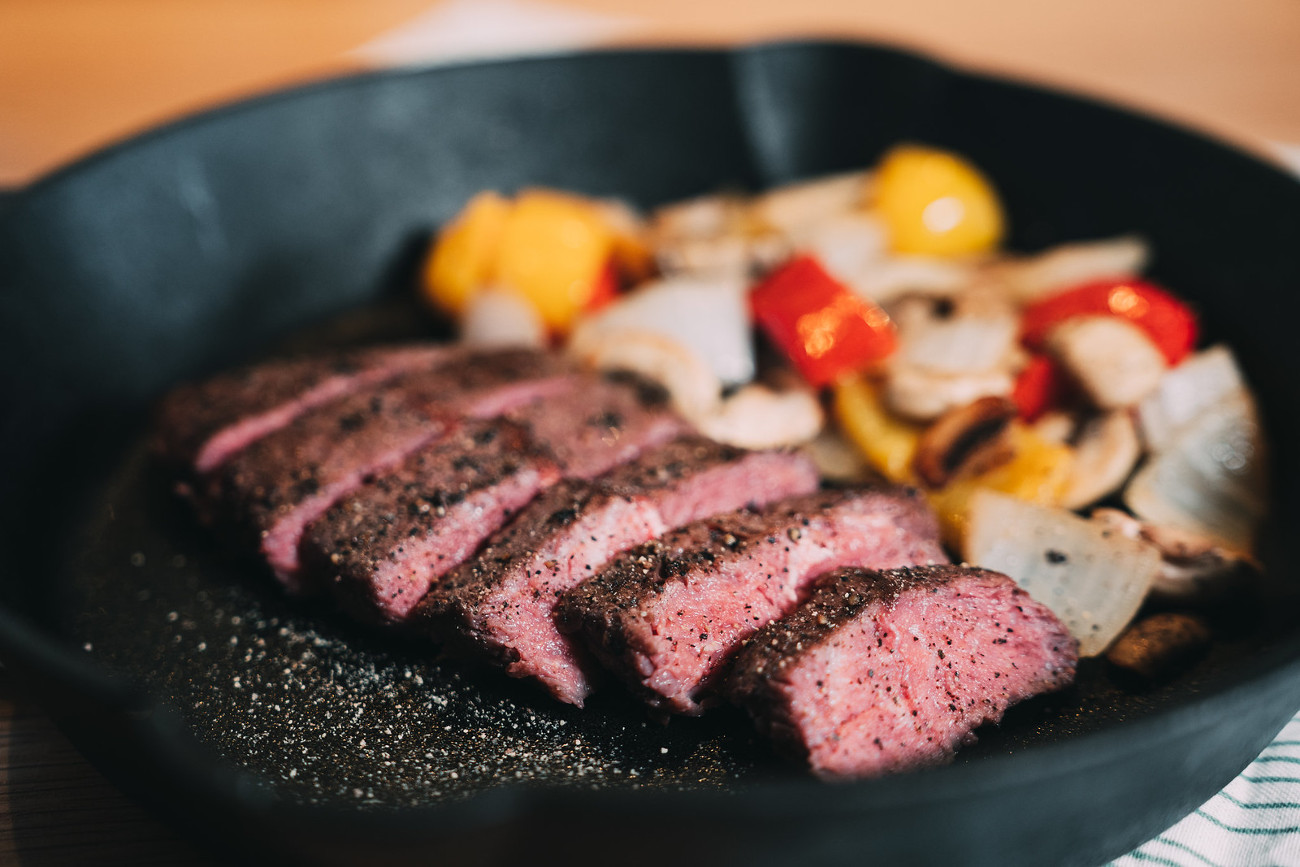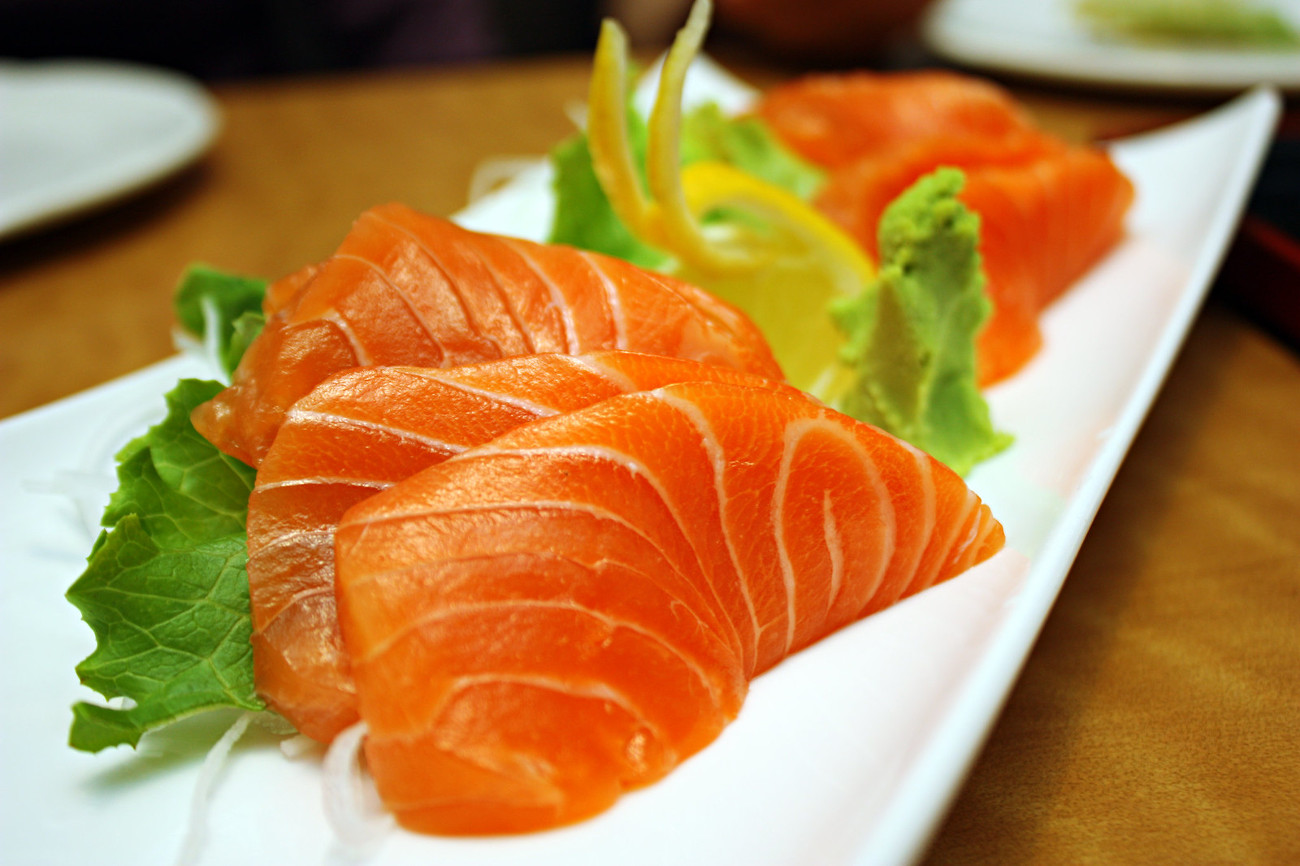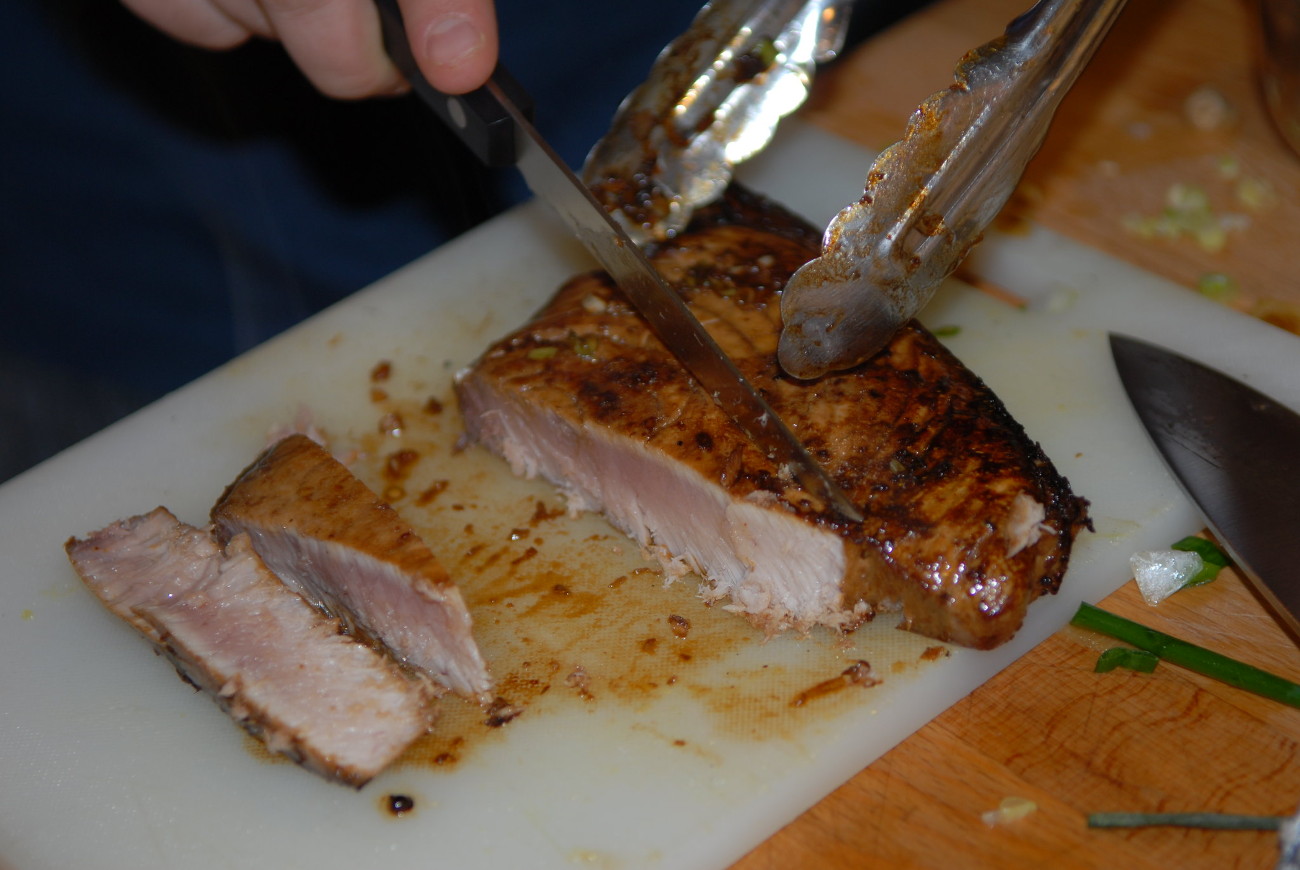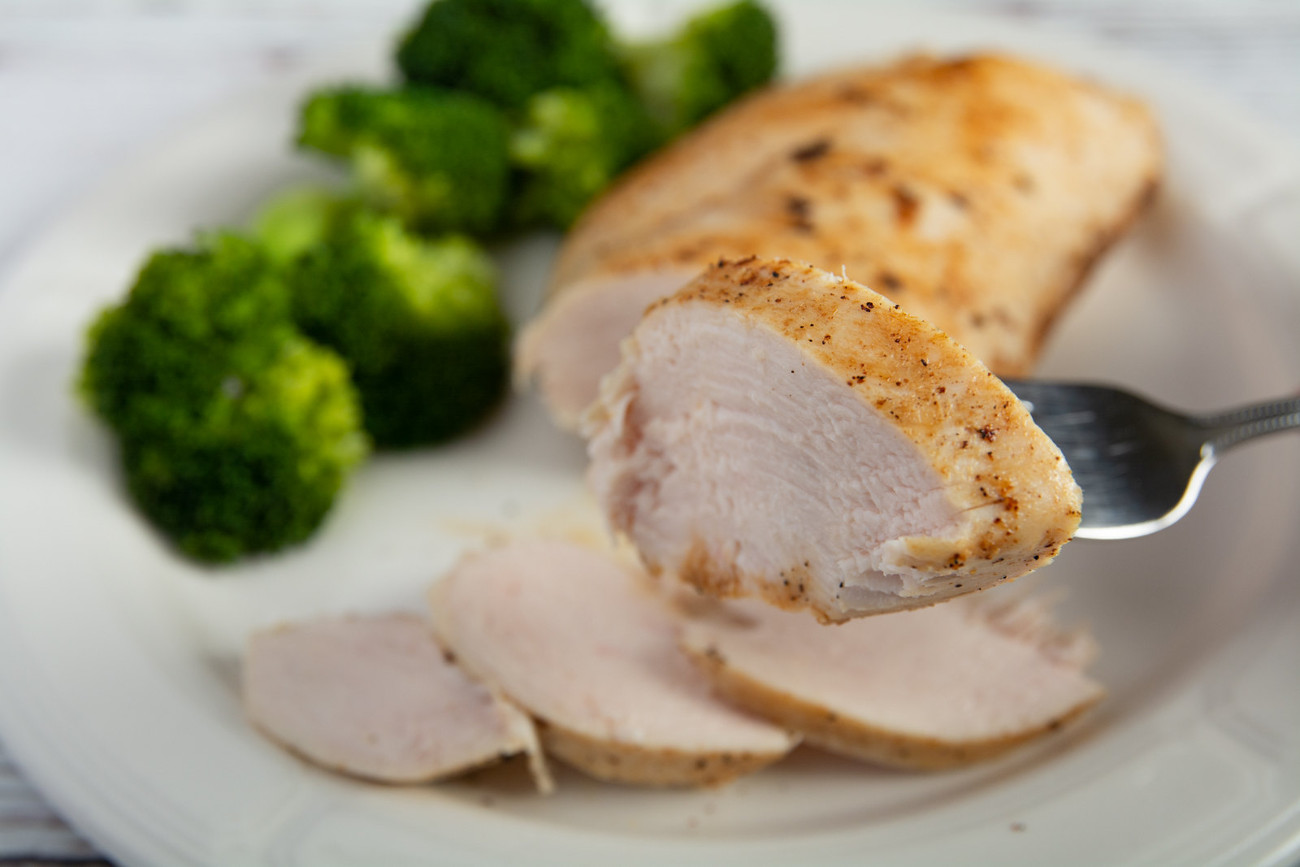If you ever get the chance to get a great big piece of steak, chances are you’ll want to have it cooked on the rawer side. How come we don’t bat an eye when we eat rare steak or fish but things like undercooked chicken, poultry, sausage, and hamburgers are a no go? Here’s your go to list to understand why and what you should eat raw.

What it comes down to is bacteria. When animals are slaughtered the digestive system of their bodies is disconnected from the rest of the carcass, during this process, bacterial transfer from the digestive tract to the meat muscle is unavoidable, this digestive bacteria can be deadly, and we see many dangerous outbreaks with listeria and e coli.
Luckily these dangerous bacteria don’t penetrate the cow’s muscles and stay on the outer surface of the pieces of meat. A high temperature sear on the outside of the steak assures and kills off any surviving bacteria.

Seafood, like that for sushi, is safe, but for different reasons. Foodborne illness in raw fish is low, probably because most if not all retail fish is caught in colder waters and frozen. Sorry to break it to you but fresh fish generally means it’s freshly unfrozen, but don’t feel bummed about it because eating frozen raw fish is safer. Even though freezing fish doesn’t kill bacteria, freezing kills dangerous things like worms and parasites which were in the fish while it was alive.

Pork is one of those fine line meats, for decades whole cuts of pork were cooked to a temperature of 160 degrees F which is something most restaurants and cooks always ignored. Recently the government changed their standards, relaxing the temperature to 145 degrees F but recommended 10 minutes of resting the meat before serving, which is what you should be doing for meat anyway (resting meat cooks the interior a bit more and resting redistributes the juices for a tender piece of meat). Now you may be thinking about that deadly trichinosis, which is specifically found in pork, isn’t that a viable concern? With much relief the rates of trichinosis have drastically decreased since the 1940s, thanks greatly to safe butchery and sanitation practices of pork processing facilities.

Now with chicken we have to draw a hard line in the sand. Unlike steak, fish, or pork, chicken muscle is especially permeable, which is great for marinades but not for things pathogens. E coli and salmonella are known to penetrate deep into the chicken muscle, so the only way to thoroughly eliminate the bacteria is to fully cook the chicken meat.

So how about those hamburgers and sausages? Sadly any pink uncooked ground meat is possibly dangerous. Since the outside and inside of the meat cuts are ground together, the bacteria that was once only on the outside of the meat is now spread throughout the entire portion of meat. Cooking any burger or sausage to a proper 160 degrees will ensure the health and safety of you and those eating these meats.













